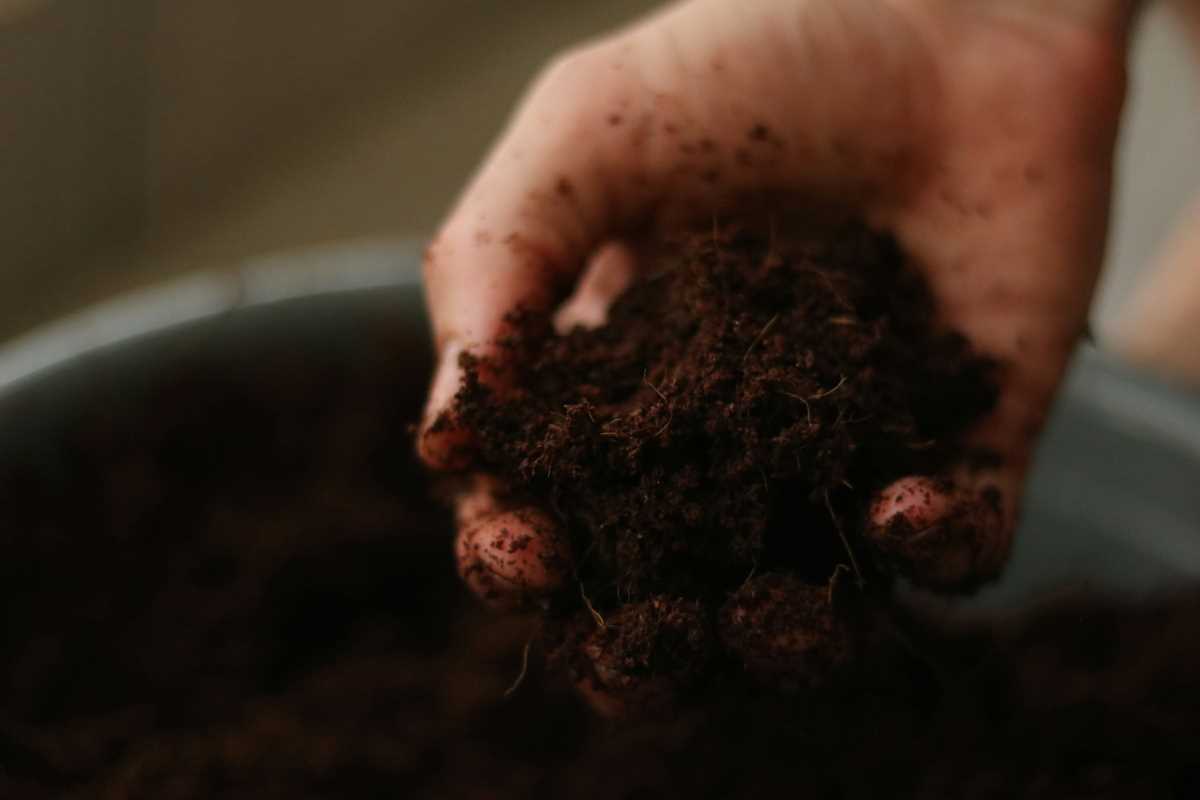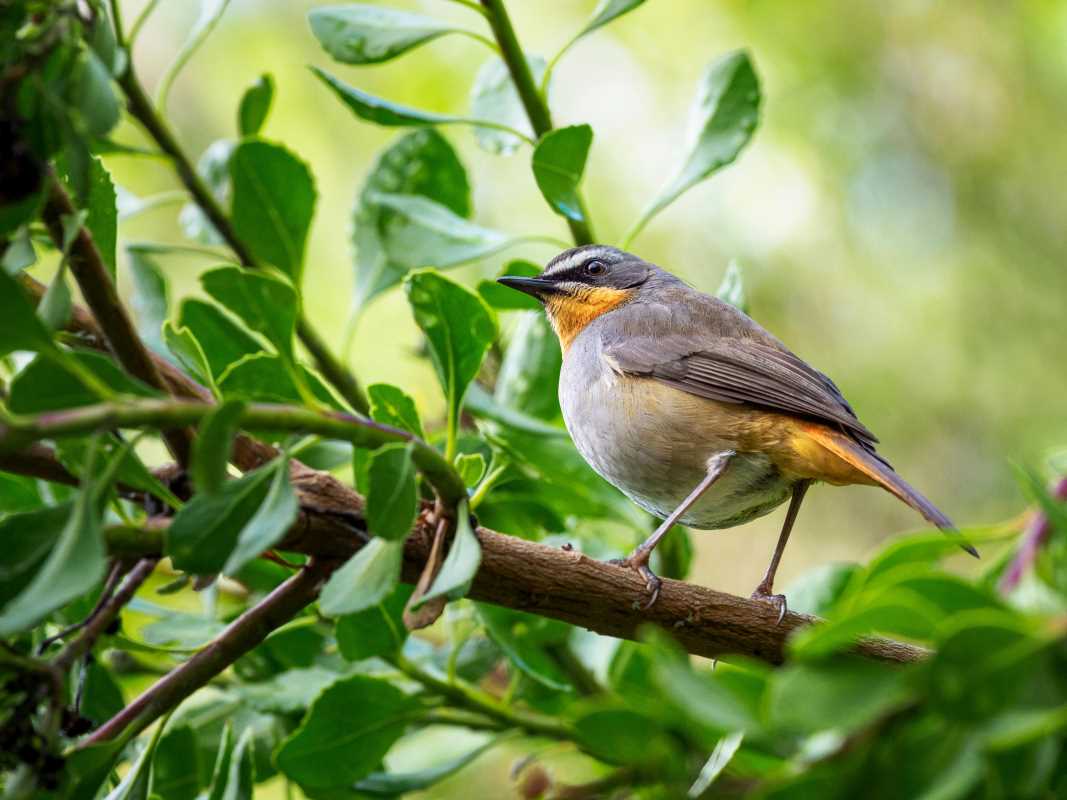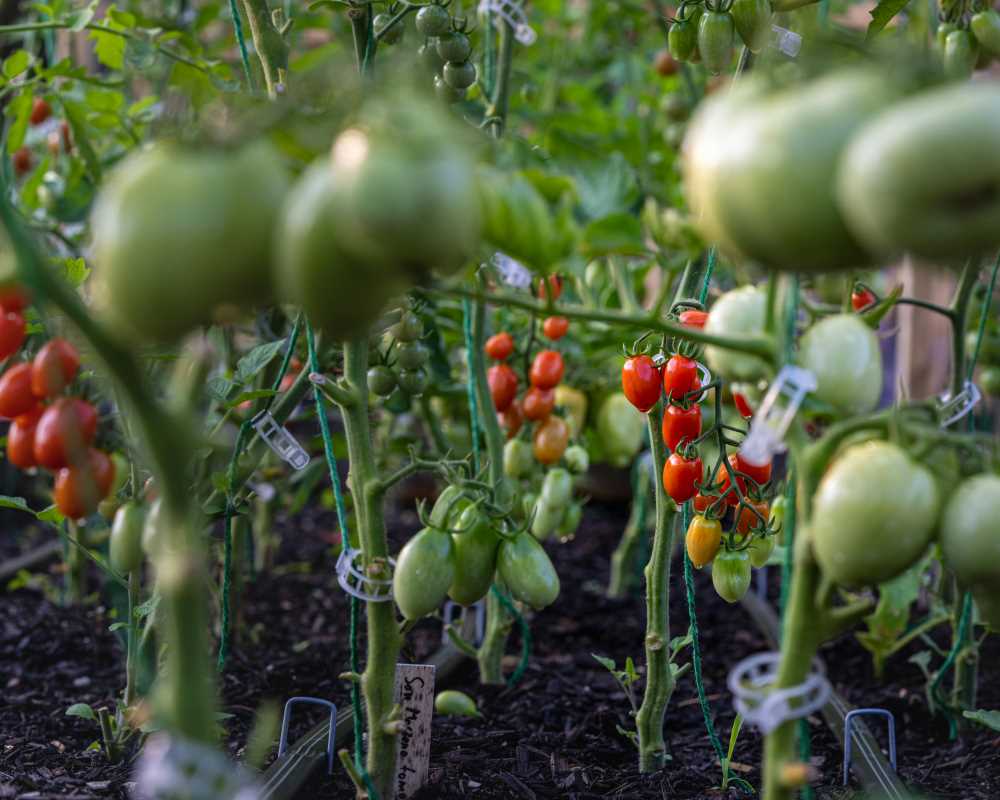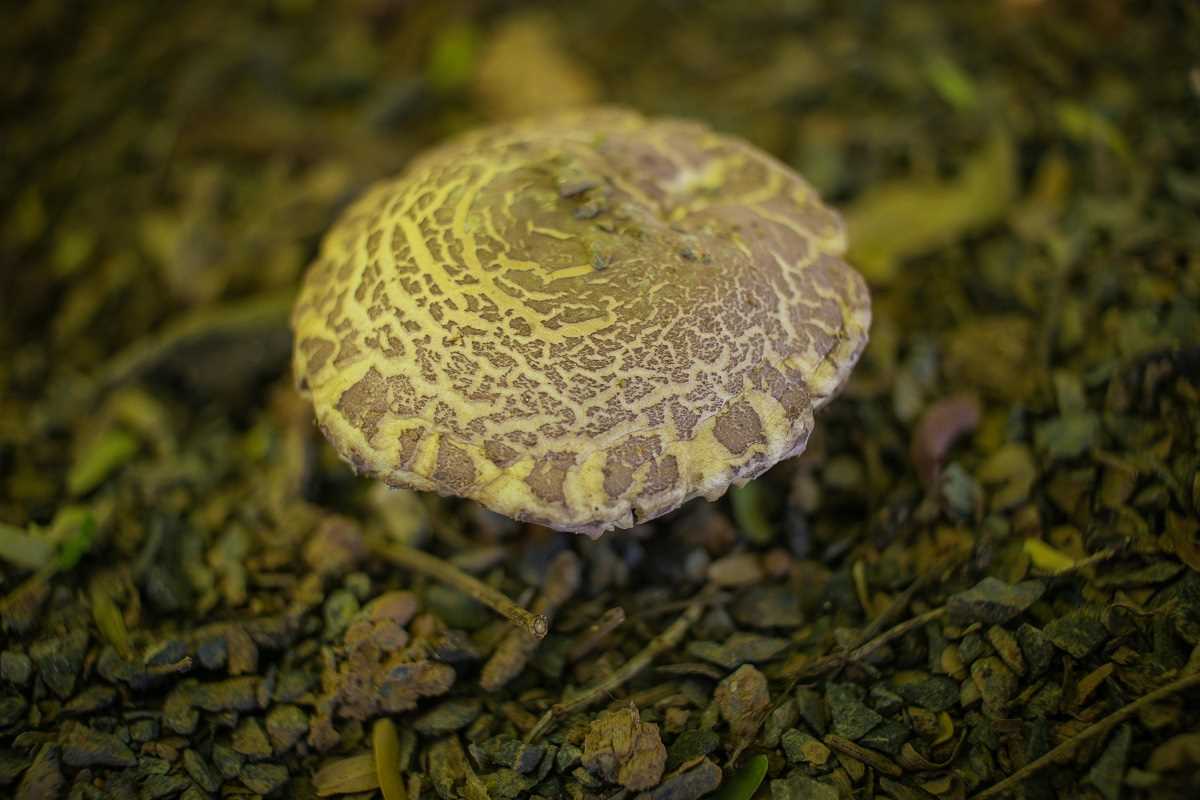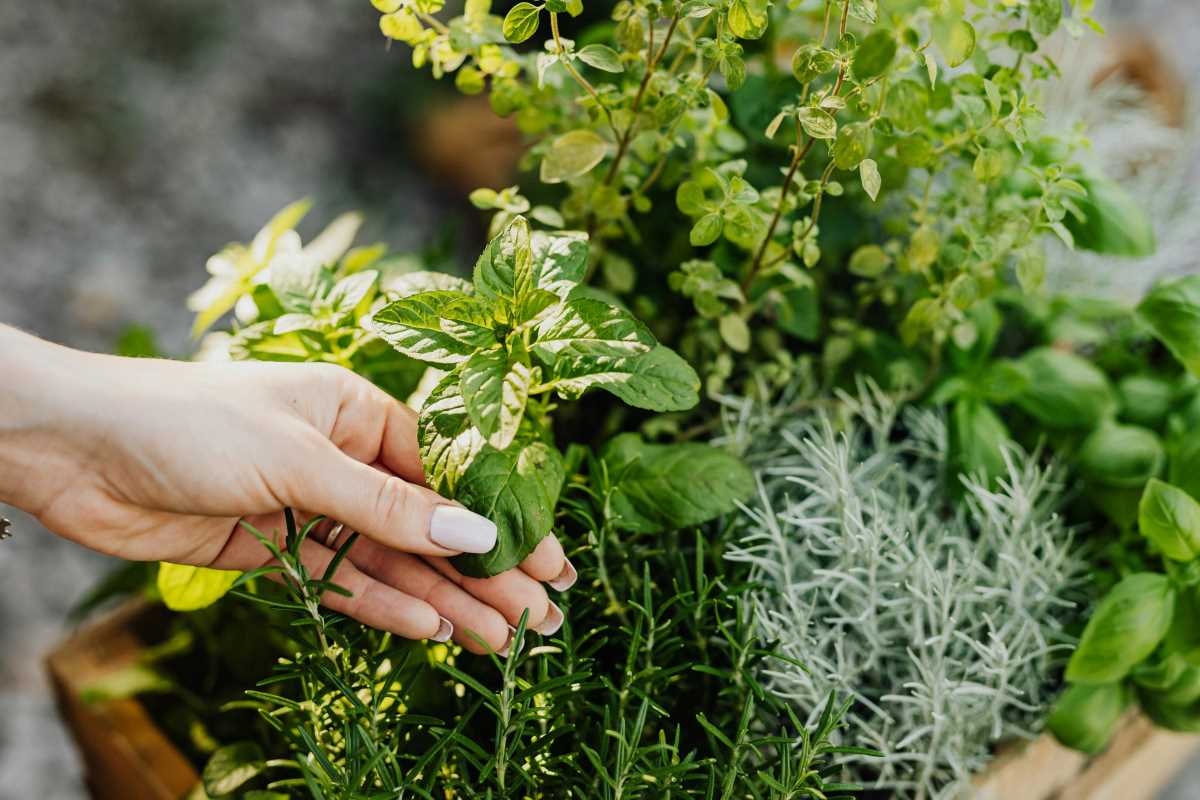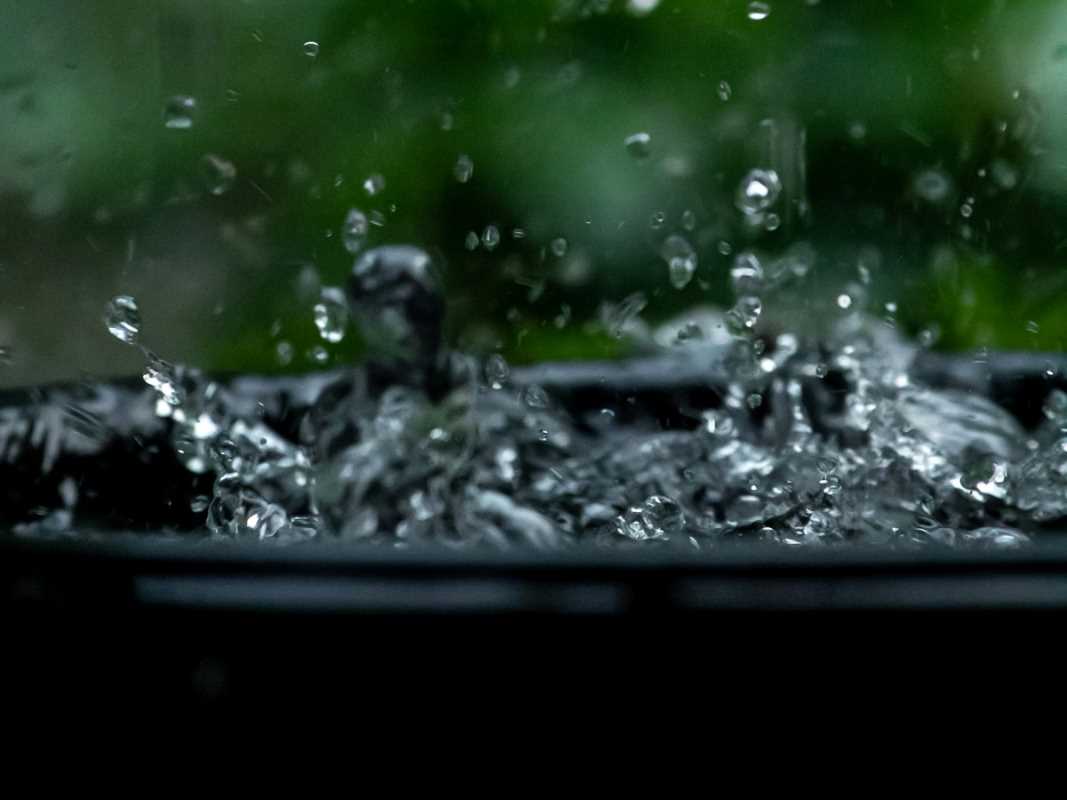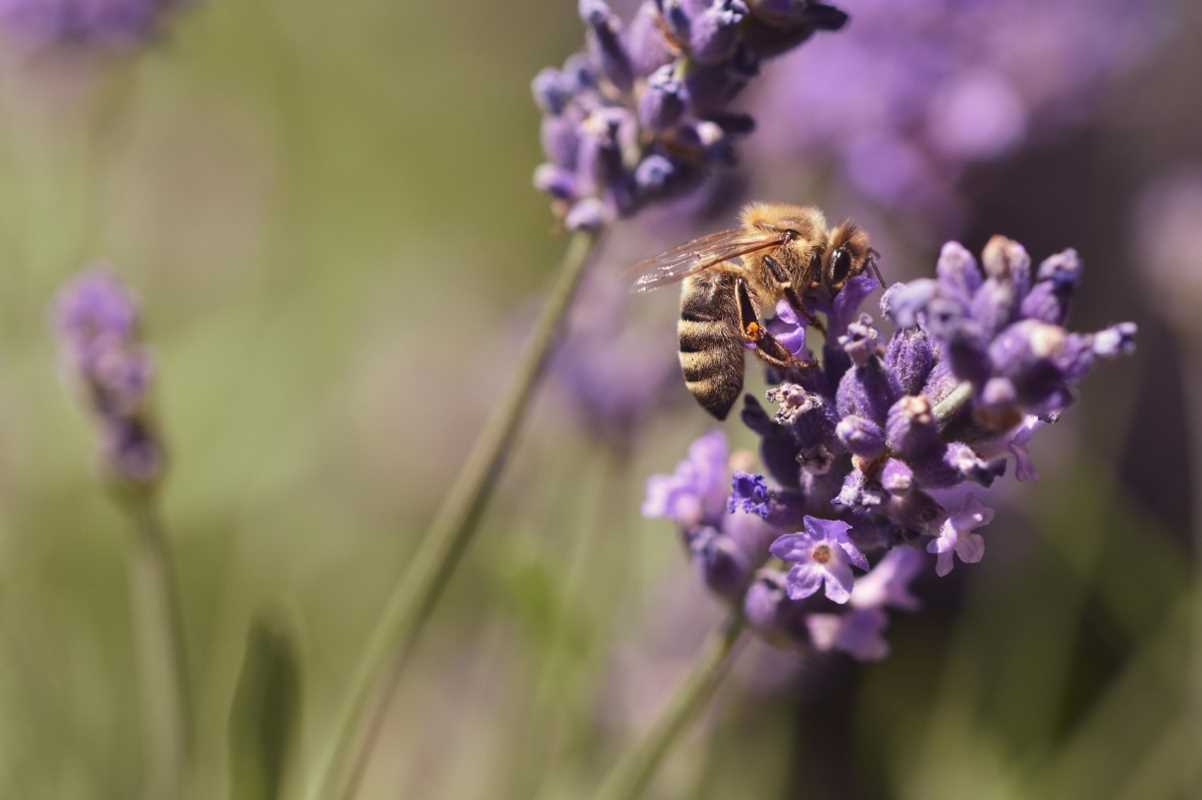A pollinator-friendly garden is a beautiful way to contribute to the health of our planet. Pollinators like bees, butterflies, moths, and beetles pollinate plants that provide food for wildlife and humans alike. Designing such a garden without the use of animal products allows you to align your gardening efforts with your vegan lifestyle while supporting biodiversity. This guide will walk you through practical steps to create a thriving, animal-product-free sanctuary for pollinators in your outdoor space. From plant selection to natural pest control, you’ll find everything you need to get started.
Why Pollinator Gardens Make a Difference
Pollinators are essential for healthy ecosystems. They help plants reproduce, ensuring the growth of fruits, vegetables, and seeds that form the foundation of many food chains. Unfortunately, pollinator populations have been declining due to habitat loss, pesticide use, and climate change.
By creating a pollinator-friendly garden, you actively support these incredible creatures and help restore their habitats. Plus, you'll enjoy a vibrant, flourishing garden filled with life.
Without using animal-derived products like bone meal or manure, you can still provide a sustainable environment that meets pollinators' needs.
1. Start with Native, Pollinator-Friendly Plants
The first step to any pollinator-friendly garden is choosing the right plants. Native plants are best because they have co-evolved with local pollinators and are a primary source of nectar and pollen for them.
Tips for Choosing Plants:
Provide Year-Round Food Sources
- Select plants that bloom at different times of the year to ensure a constant supply of nectar and pollen. For example:
- Spring bloomers like wildflowers and early crocuses.
- Summer favorites such as sunflowers, lavender, and coneflowers.
- Late-season plants like goldenrod and asters.
Include a Range of Colors and Shapes
- Different pollinators are drawn to different flowers. For instance, bees are attracted to blue, yellow, and white flowers, while butterflies are drawn to red and orange.
Go Organic
- Purchase seeds or plants from suppliers that do not treat them with pesticides. Be sure to avoid coatings or pre-treated seeds.
Some excellent native, pollinator-friendly plants to consider include milkweed, black-eyed Susan, and marigolds.
2. Nourish the Soil with Plant-Based Fertilizers
Healthy soil is the foundation of any thriving garden. While traditional gardening often relies on bone meal, fish emulsion, or manure, vegan alternatives can be just as effective.
Animal-Free Fertilizer Options:
- Plant-Based Compost: Make your own compost at home using kitchen scraps like veggie peels, coffee grounds, and lawn clippings.
- Green Manure: Grow plants like clover or alfalfa in your garden, then till them back into the soil as organic material when they’re fully grown.
- Vegan-Certified Fertilizers: Look for products labeled as vegan-friendly, which are free from animal-derived ingredients. These often combine plant materials, minerals, and other natural resources to provide nutrients.
- Natural Amendments: Add nutrients by using rock phosphate (for phosphorus), seaweed (rich in potassium), or wood ash (excellent for calcium). Always follow product instructions to avoid overloading the soil.
Maintaining healthy, nutrient-rich soil without animal inputs ensures robust plant growth while respecting a cruelty-free lifestyle.
3. Provide Shelter and Rest Stops for Pollinators
Pollinators need more than just nectar and pollen. They also require safe places to rest, nest, and overwinter. You can easily create these havens without relying on animal-derived materials.
Ideas for Creating Shelter:
- Bee Hotels: Make or purchase bee hotels for solitary species. These structures can be built using untreated wood and bamboo. Avoid commercially sold hotels lined with wool or other animal-based materials; instead, opt for options made with plant fibers.
- Bare Soil Areas: Many native bees nest in the ground, so leave some patches of soil exposed and free of mulch to encourage nesting.
- Brush Piles: Gather sticks and leaves in unmaintained corners of your garden to provide shelter for various pollinators.
- Potted Plants with Shelter Features: Place small potted plants or bundles of twigs around your garden to offer even more spaces for pollinators to rest.
Including these thoughtful designs ensures your garden becomes a safe haven for pollinators throughout the year.
4. Avoid Harmful Chemicals and Use Vegan Pest Control
Pesticides and herbicides can harm pollinators directly or destroy the plants they rely on. Adopting natural pest control methods keeps your garden chemical-free while protecting its inhabitants.
Non-Toxic Pest Management Tips:
- Companion Planting: Pair compatible plants together to repel pests naturally. For example, marigolds deter aphids, while garlic and onions ward off beetles.
- Handpicking Pests: Manually remove larger pests like slugs and beetles using gloves if necessary. Place them back into wild areas far from your garden if relocation is possible.
- DIY Solutions: Create natural repellents with ingredients like neem oil, garlic, or chili peppers, diluted in water. Spray the mix over affected plants as needed.
- Encourage Natural Predators: Plant shrubs or flowers that attract predatory insects like ladybugs or lacewings, which feed on common garden pests.
A proactive, plant-based approach to pest control ensures your garden stays healthy and aligned with your values.
5. Conserve Water and Enable Access to Fresh Drinking Water
Pollinators need water for hydration and cooling, especially during the hotter months. Creating a safe water source can be a simple yet impactful addition to your garden design.
Tips for Pollinator-Friendly Water Access:
- Shallow Dishes or Bee Baths: Fill shallow dishes with water and place stones or twigs for landing spots. Refill often to keep the water fresh and safe.
- Small Water Features: If you have the space, consider adding a bubbling fountain or a small pond. Make sure the edges have shallow access points for pollinators to rest.
Water-friendly practices like mulching with plant-based materials (e.g., wood chips or straw) can also help retain soil moisture, reducing the need for frequent watering.
6. Support Pollinator Diversity
Your garden can cater to many types of pollinators beyond just bees and butterflies. Here’s what to include for diverse visitors:
- No Nightowl Neglect: Plant night-blooming flowers like evening primrose or moonflower to attract moths.
- Provide Host Plants for Caterpillars: Choose plants like milkweed or parsley, which serve as food sources for caterpillar species that eventually turn into butterflies.
A diverse range of plant life actively supports not just pollinators but the entire food web in your yard.
Designing a pollinator-friendly garden without animal products fosters a harmonious relationship with nature as you create a home for diverse, essential creatures. From vibrant flowers and plant-based soil enrichment to chemical-free pest control and creative shelters, every choice you make will breathe life into your garden.
 (Image via
(Image via